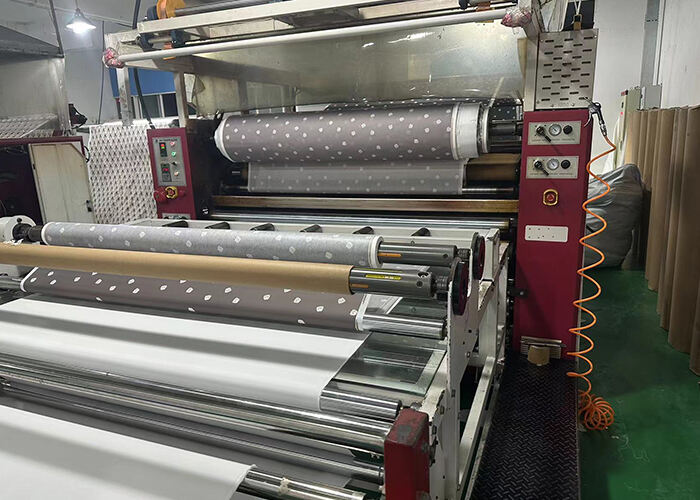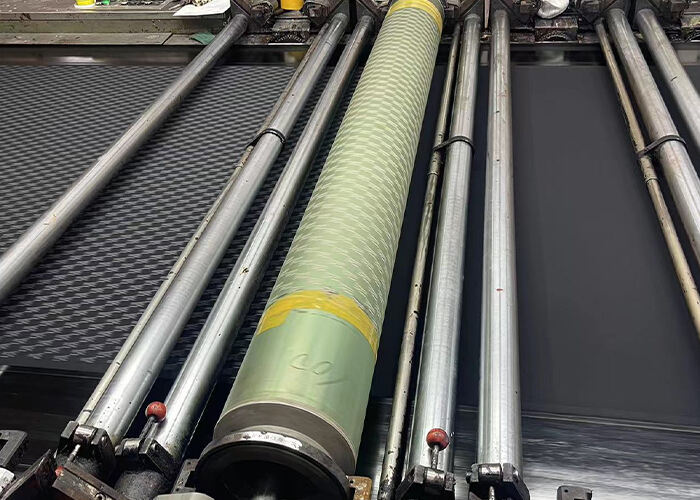Distinguishing between screen printing and transfer printing
Fabric printing can be categorized into two main methods: traditional screen
printing and the emerging digital heat transfer printing. Below, we will discuss
the differences, advantages, and disadvantages of both techniques.
Screen Printing: Traditional screen printing involves applying ink onto
fabric through a patterned mesh screen. Its advantages include its ability to
work with various fabric types such as silk, cotton, blends, and polyester,
producing good results on both sides of the fabric. Another benefit is the soft
and fluffy hand feel achieved after washing.
However, traditional screen printing has clear drawbacks. The process
requires creating specific screens for each design which takes time and incurs
costs. Additionally, the color variety is limited by the number of screens used
in production which restricts vibrant patterns. Screen printing also results in
high fabric production waste requiring large order quantities suitable for mass
production of single patterns. Moreover, the need for washing in screen printing
generates considerable wastewater which could face further production
constraints due to increasingly strict global environmental regulations.
Digital Heat Transfer Printing: Digital heat transfer printing is an
innovative eco-friendly method where colors are precisely transferred from
printed paper to fabric fibers through high-temperature sublimation. This method
has no color or order quantity limitations offering precise colors, fast
production times and zero wastewater generation making it a mainstream
technology worldwide.
The downside of digital heat transfer printing is its relatively weak
penetration on the reverse side of fabrics and its current compatibility only
with polyester fabrics.
However, due to its increased environmental friendliness and
cost-effectiveness, along with rapid technological advancements, the current
limitations of digital heat transfer printing may also disappear in the near
future.

